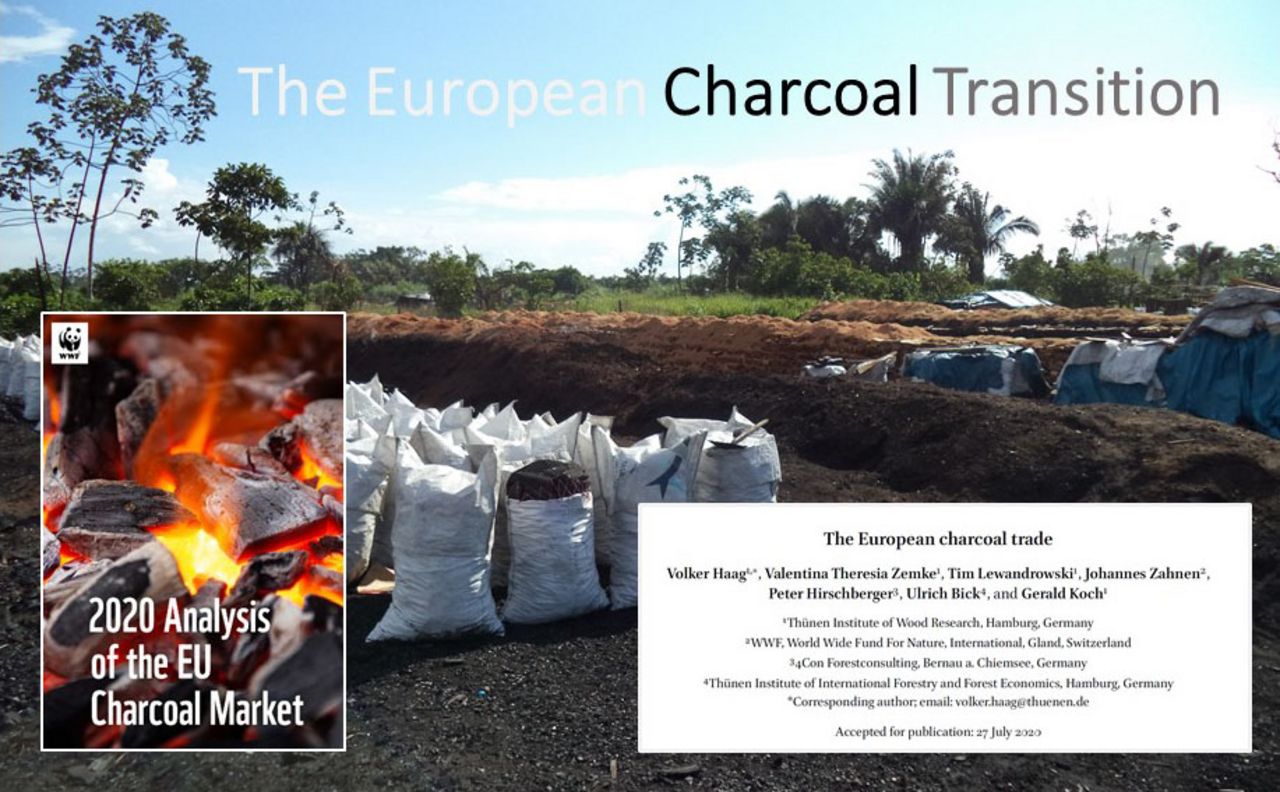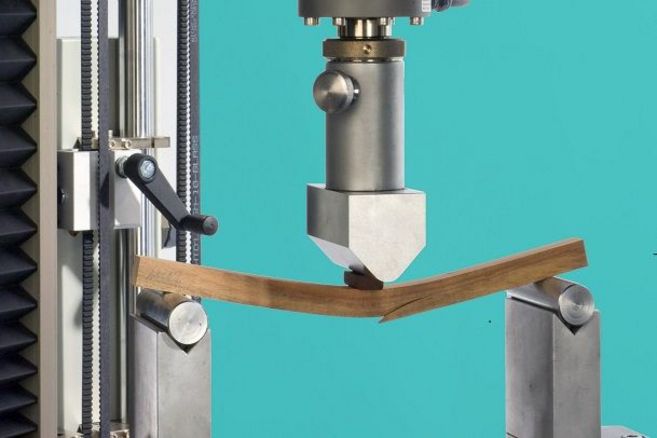Project
The European Charcoal Transition

The European Charcoal Transition
The project "The European Charcoal Transition" aims at investigating, describing and documenting the developments of the international charcoal trade in order to derive recommendations for action for politics and environmental protection.
Background and Objective
Background and Objectives
The Thünen Institute of Wood Research has been routinely conducting wood species identifications for charcoal and briquettes since 2016. These anatomical examinations are used to determine if the product declarations included on a sample’s packaging are correct. They also provide additional information on the origin of certain taxa (especially tropical vs. non-tropical). The studies, often carried out in cooperation with environmental protection organizations such as the WWF, support product producers and traders with quality assurance and contribute to consumer protection. Furthermore, they generate important data for understanding the trade flows of the international charcoal business.
In context of the studies, it was also observed that an increasing number of charcoal substitutes made from more environmentally compatible raw and residual materials such as "non-timber forest products" (NTFPs) are steadily becoming established on the charcoal market. In cooperation with the Fraunhofer Development Center X-Ray Technology EZRT, anatomical studies are currently being carried out to characterize the structure of important NTFPs, such as coconut shells and olive or mango kernels, in order to describe the anatomical structure and be able to reliably identify the organic material in practical applications for market analyses.
The recent study deals with state-of-the-art µCT technology in the application field of wood species identification. The aim of this work is to evaluate the potential of the µCT technology in the field of wood identification and to assess its use for the regulatory control of charcoal and other wood products in the international timber trade. The results are encouraging and lead to the conclusion that the application of the µCT technology in the field of wood identification can be classified as very promising for the future.
Target Group
Preliminary Results
Preliminary results of three recent studies
Study I: The European Charcoal Trade
Two studies conducted by WWF and the Thünen Institute in Germany and Switzerland in 2017 and 2018 found that a large proportion of the packaging of traded charcoal products did not include any information on the species processed or their origins. Since barbecue charcoal is still not covered by the European Timber Regulation (EUTR), it can continue to be traded uncontrolled in the EU. A declaration obligation exists only in Switzerland. However, the results of the studies clearly showed that a large part of the charcoal samples examined did not come from sustainable Swiss or German forests. Around 85 % of the charcoal sold in Germany in 2017/18 was imported from abroad, often from tropical and subtropical regions, but also from Eastern European forests such as Ukraine (Zahnen et al. 2020). The results of the studies prompted the Thünen Institute and WWF to conduct a large-scale study in the 2019/2020 season to present the current situation on the European market and, in particular, to examine the proportions of wood from subtropical and tropical origins in the individual countries and the proportions of certified sustainable and non-certified products (Haag et al. 2020). For this market analysis, samples of 150 bags of charcoal and charcoal briquettes were examined. These were purchased between October 2019 and April 2020 in eleven European countries (Germany, Poland, Switzerland, Spain, Italy, Norway, Denmark, the Netherlands, Ukraine, the Czech Republic and Belgium) from supermarkets, drugstores, petrol stations, etc. From each package, 30 randomly selected wood fragments were examined to determine the composition of the wood species they contained. In total, more than 4,500 charcoal fragments were analyzed microscopically.
Study II
The recent study focuses on the application of state-of-the-art µCT, by using a sub-micrometer CT scanner as a tool for wood identification. Charcoal was chosen as a subject for this case study. The reason for choosing charcoal is based on economic as well as technical issues. Parallel to conventional wood anatomy, various promising approaches to identification are currently being developed worldwide in order to simplify the identification of processed wood. However, due to the carbonization process, such approaches are not applicable to charcoal. In view of the rapid development of µCT technology, it was decided to examine the extent to which wood anatomical studies can be supported and improved by modern µCT technology. About 17% of the annually harvested wood worldwide is converted to charcoal (FAO 2017), and the charcoal trade is one of the least controlled/monitored segments of the European timber market. Although charcoal has a significant market share of wood-based products, it is still not yet covered by any trade regulation, e.g. the European Timber Regulations (EUTR), (EU) No995/2010. For the present study, different wood types and the anatomical fine structural features were measured and displayed at different magnifications to visualize the performance of state-of-the-art µCT standards. Three different charcoal assortments were examined and the results checked against the given declarations of contents. The aim of this work is to evaluate the potential of the µCT technique in the field of wood identification and to assess its use for the regulatory control of charcoal and other wood products in the international timber trade. The results are encouraging and lead to the conclusion that the application of the µCT technique in the field of wood identification can be classified as very promising for the future.
Links and Downloads
Thünen-Contact

Involved Thünen-Partners
Involved external Thünen-Partners
-
World Wide Fund For Nature Deutschland
(Deutschland, Deutschland)
Duration
9.2019 - 9.2025
More Information
Project status:
ongoing



![[Translate to English:] Logo des Bundesministerium für Ernährung und Landwirtschaft](/media/allgemein/logos/BMEL_Logo.svg)